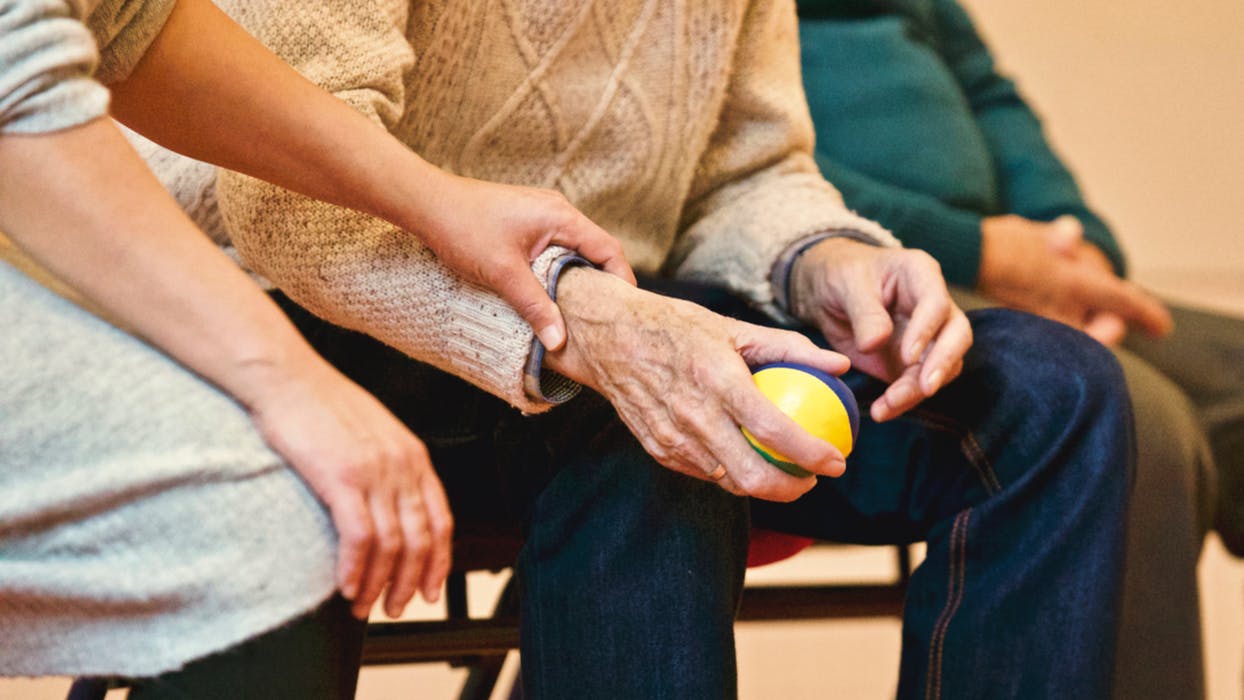nalco group
bone, muscle & joint pain physio
BOOK NOW / WHATSAPP ABOUT YOUR PAIN OR INJURY
- NOVENA 10 Sinaran Drive, Novena Medical Center #10-09, Singapore 307506
- TAMPINES 9 Tampines Grande #01-20 Singapore 528735
- SERANGOON 265 Serangoon Central Drive #04-269 Singapore 550265
Home > Blog > Physiotherapy & Hand Therapy > Conditions > Arthritis and Physiotherapy
Arthritis and Physiotherapy

There are many different types and subtypes of arthritis, and most of the time, patients will benefit from ongoing hand therapy and physiotherapy intervention to slow the damage associated with arthritis.
most common one is...
Without a doubt, osteoarthritis - read more below.
Osteoarthritis happens when the cartilage lining of the bones of joints wear out due to:
- degeneration (also known as wear and tear; this is the most common cause)
- infections and inflammations
- direct trauma
- etc
It leads to the thinning and wearing out of the shock-absorbing cartilage, and that means that there is no longer any cushion between bones in a joint.
The result?
Painful bone-on-bone grinding movement.
In very bad cases, the bones that are affected can start to break and wear out, and this is even more painful, with lots of:
- pain
- swelling
- stiffness
- inflammation
role of physiotherapy and hand therapy
As arthritis can happen in any joints, hence the roles of physiotherapists and hand therapists are important in arthritis management and treatment.
The main focus of people who suffer from arthritis includes:
- slowing the degradation of structures (be it cartilage, bones, etc)
- decrease inflammation experienced, which in turn will decrease the amount of stiffness, pain etc
- helping patients to be as involved in daily routine and life and work as possible by improving their supporting muscle strength, stability and stamina
- we may get tasks to be modified so that it's less taxing on patient's joints eg introducing aids that can help with buttoning, opening (or avoiding) jars/cans, etc
some physiotherapy and hand therapy interventions
Our senior physiotherapists and hand therapists may combine the following techniques for pain relief and arthritis management:
- Heat treatment to heat up stiff joints and muscles, which increases/eases movements and decreases pain experienced (with our Bremed electrical hotpacks)
- Exercise therapy to strengthen up the muscles outside and around the affected joints (and generally). Muscles behave like shock absorbers too, helping to offload weight and protect compromised joints.
- Cold therapy to gradually and carefully bring down any inflammation or swelling that's causing pain, stiffness and fear.
- Mobilization of the joints and muscles especially if they're stiff and patient is fearful. With a little bit of heat treatment to loosen up joints and muscles, then very gentle and gradual stretching and mobilization to loosen up prior and post exercises.
- Where appropriate, we may also introduce ultrasound therapy to accelerate soft tissue healing in the joints; and it can help to decrease swelling and pain too.
